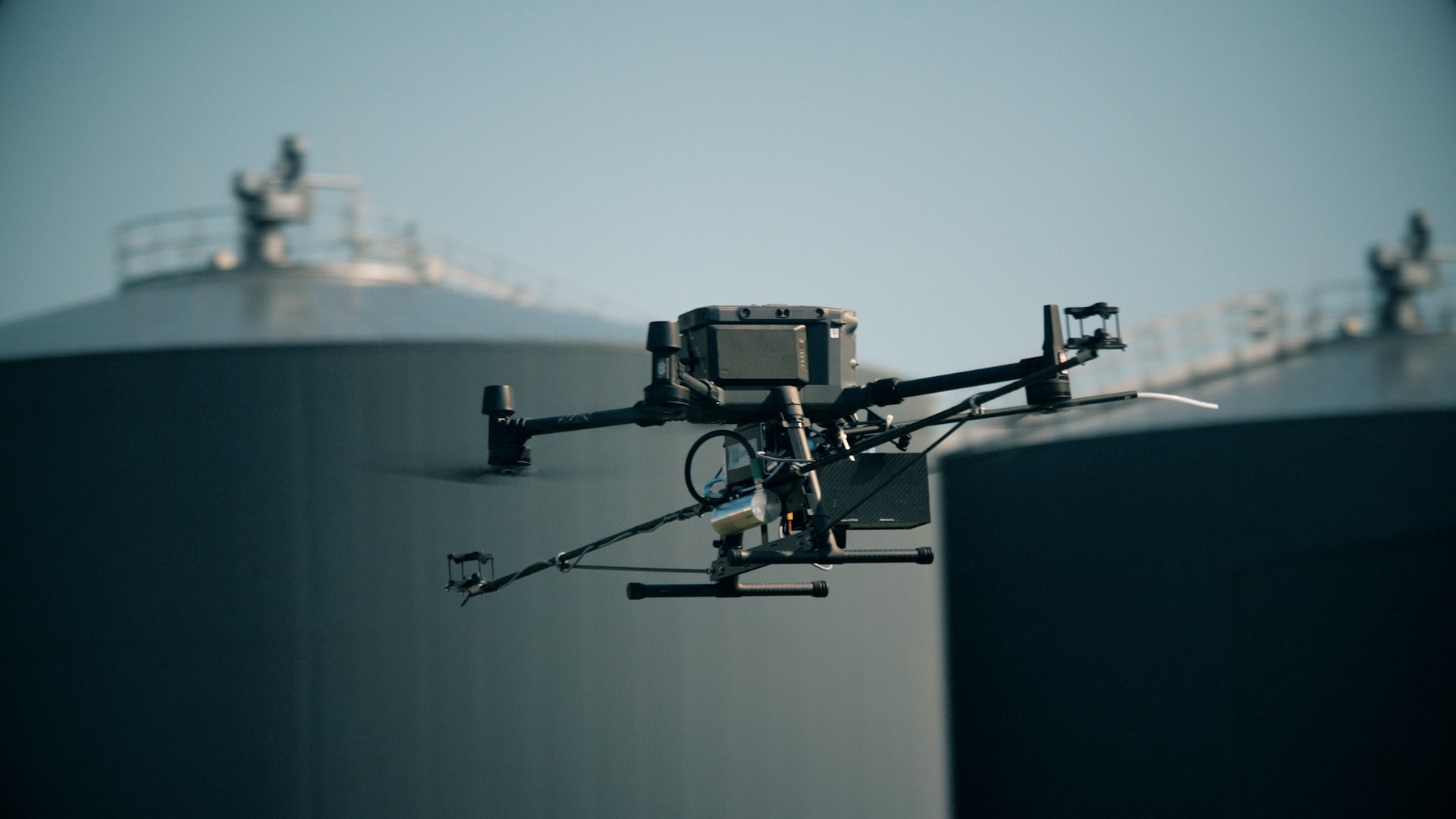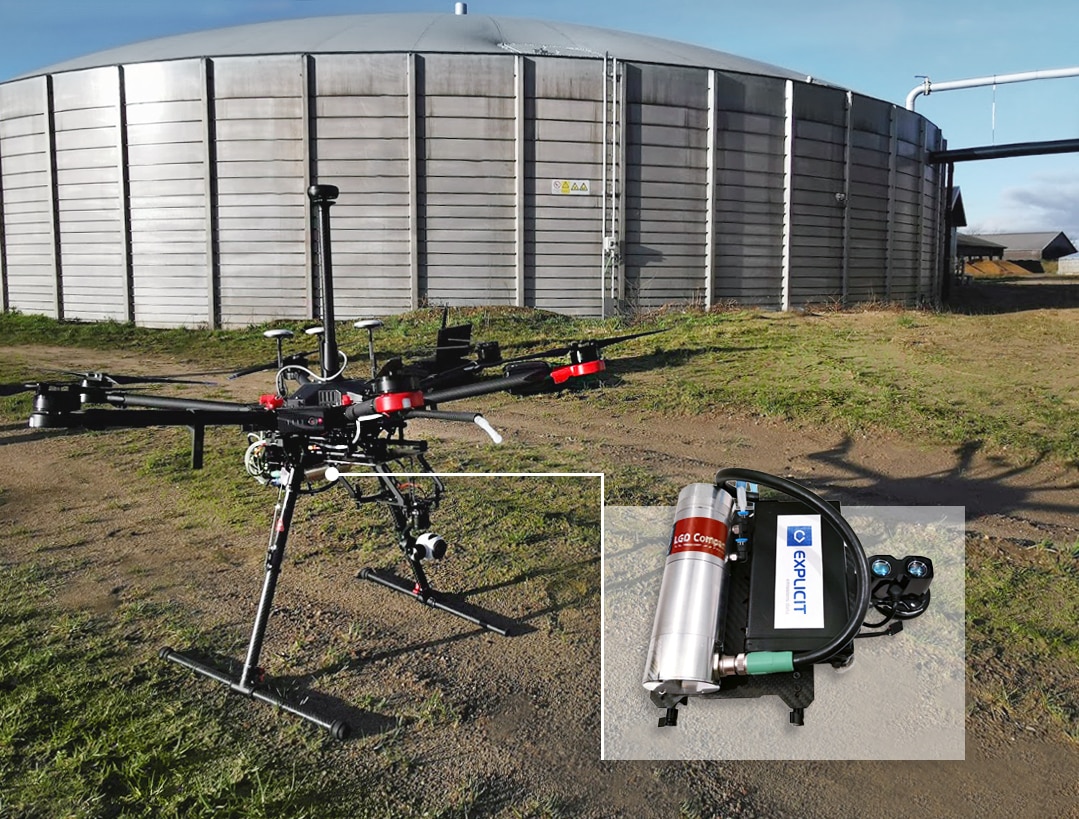Measuring Methane Emissions with Drones

Success Stories17 Jul 2023
Harmful gas emissions are one of the main causes of climate change. Yet many emissions are difficult to detect or leaks are not easily accessible. Read this blog post to find out how the LGD Compact is used in drones for optimized emissions monitoring.

Explicit is particularly focused on volatile emissions which are generally difficult to measure. Monitoring these emissions offers the greatest benefit to environmental protection and air quality. Target gases include methane (CH4), carbon dioxide (CO2) and ammonia (NH3). These gases can be found in volatile emissions in a range of locations, for example in oil, gas and biogas production, on waste disposal sites, in wastewater treatment plants and at sea as methane slips from LNG vessels (Liquid Natural Gas).

Jon Knudsen, CEO and CTO at Explicit is enthusiastic: “You’re faced with three challenges when measuring greenhouse emissions with drones: The sensor has to be light enough so as not to affect the flight time. It has to be tough enough so as not to be affected by the drone’s movements, and it has to have a measuring range which gives accurate readings even for low concentrations. The LGD Compact fulfills all these criteria for measuring methane.”